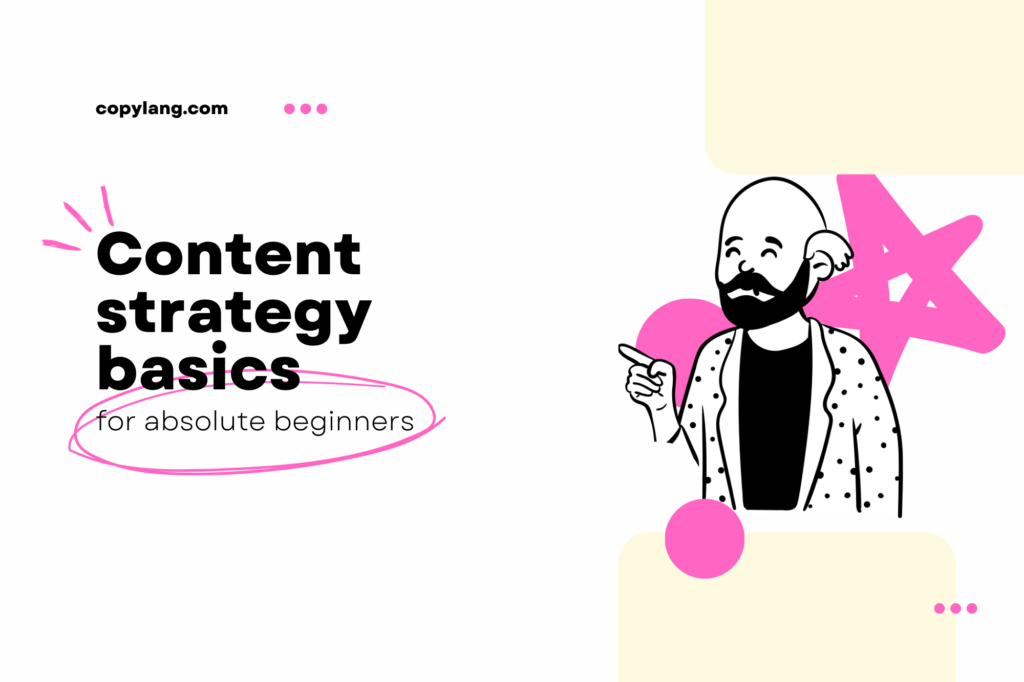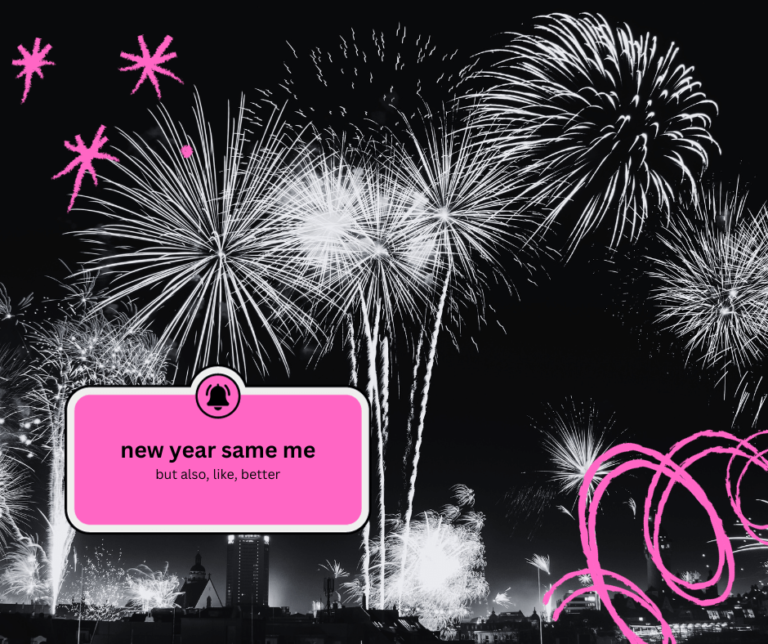Worried that AI might take away your writing job? You’re not alone.
Across the world, writers are bleating in panic thanks to generative AI tools like ChatGPT.
And honestly, it is scary — especially if your writing sounds just like AI. As writers and content marketers, it’s vital to learn new skills and lean into the ones that AI can’t replicate yet.
In this post, I’ll walk you through ChatGPT’s capabilities and limitations, plus 8 practical ways that writers can stay ahead of the AI game.
Let’s start off by taking a quick look at what we’re up against:
The quick and dirty about ChatGPT
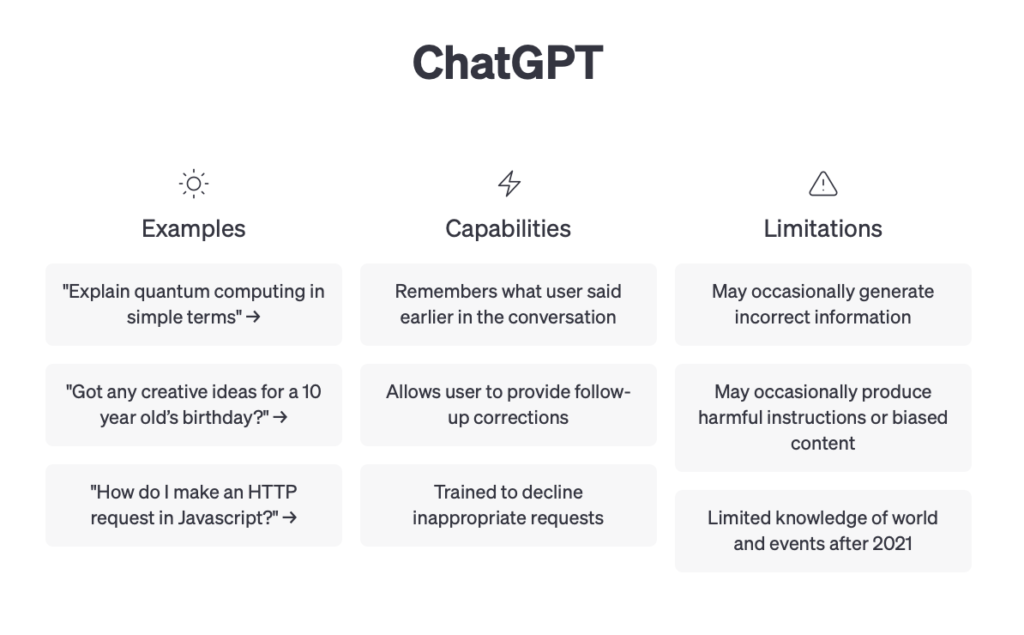
What is ChatGPT?
ChatGPT is a large language model (LLM) tool developed by OpenAI. Unlike other AI tools like Grammarly or Hemingway, ChatGPT is generative — which means it can create content based on the prompts that you give it.
Since it launched back in November 2022, I’ve made it do a bunch of ridiculous stuff like:
Answer beauty pageant questions
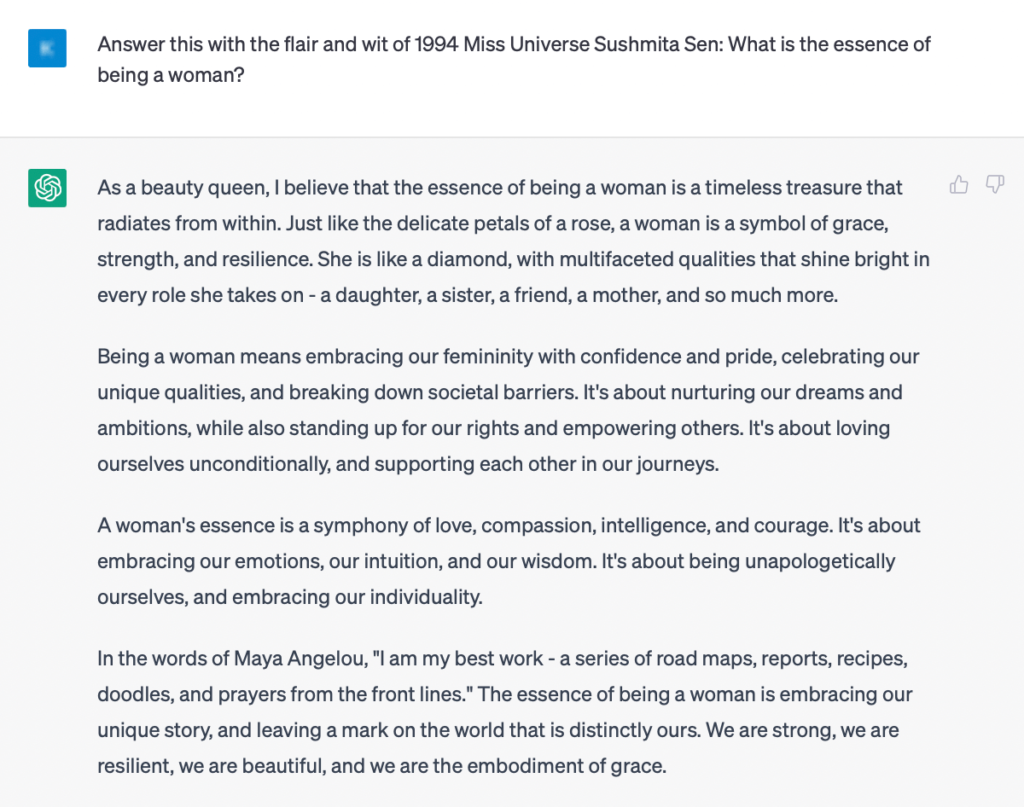
Write OOO messages
Tell jokes
Create customer service templates for an imaginary sock company
Write copy using specific copywriting frameworks
And that’s not even the freakiest part about ChatGPT.
What sets it apart from other generative AI tools is that it’s a chatbot trained to talk like a human. It’s super “conversational” and it can understand:
- Slang
- Different languages
- A bit of tone
- Nuance
After being fed a shit ton of data from all over the internet, ChatGPT also knows how to recognize context, correct its output based on feedback, and even translate text into different languages.
ChatGPT’s edge against human writers
ChatGPT is a machine. It outperforms human writers in terms of efficiency 1 to 10 gazillion.
It can spit out and revise data in a matter of seconds. For example, I used it to generate 40+ remote job descriptions in a matter of minutes — something that would take me at least half a day to complete manually.
Unlike you and me, ChatGPT doesn’t experience crippling existential dread when presented with a blank page. It doesn’t need to take a walk for inspiration or brainstorm for hours to come up with an idea. Writer’s block? “Can’t relate,” says GPT.
Lastly, GPT answers questions with 100% confidence — whether it’s accurate or not.
Is there anything else ChatGPT *can’t* do?
While ChatGPT may seem like the epitome of tech, it’s far from perfect. As mentioned earlier, it can’t verify the information it spits out. It also can’t crawl the internet for you. Instead, it bases its answers off of its data set, which is limited to information gathered as of 2021.
What does this mean?
GPT may generate information that’s no longer up-to-date. According to OpenAI themselves:
“ChatGPT is not connected to the internet, and it can occasionally produce incorrect answers. It has limited knowledge of world and events after 2021 and may also occasionally produce harmful instructions or biased content.”
Aside from that, ChatGPT’s output is also:
- Rambly – you’ll need to use specific prompts to get succinct, punchy copy. And even then, you’ll still need to edit it for additional pizzazz.
- Generic – it gives sweeping generalizations. It can’t zero in on a niche topic yet. For example, you can ask it to talk about fast food chains in Asia, but it will struggle to give you something about the first Jollibee branch in Cebu City, Philippines.
- Repetitive – you run the risk of generating duplicate responses.
- Robotic – while it can appear “conversational”, ChatGPT’s latest iteration lacks emotional intelligence and genuine human connection.
What can human writers do to stay ahead of the game?
‘Kay, now that we know ChatGPT’s strengths and the current chinks in its armor, what can a Human Writer Like You do to stay ahead of the game? Here are a few ideas:
1. Lean into content strategy
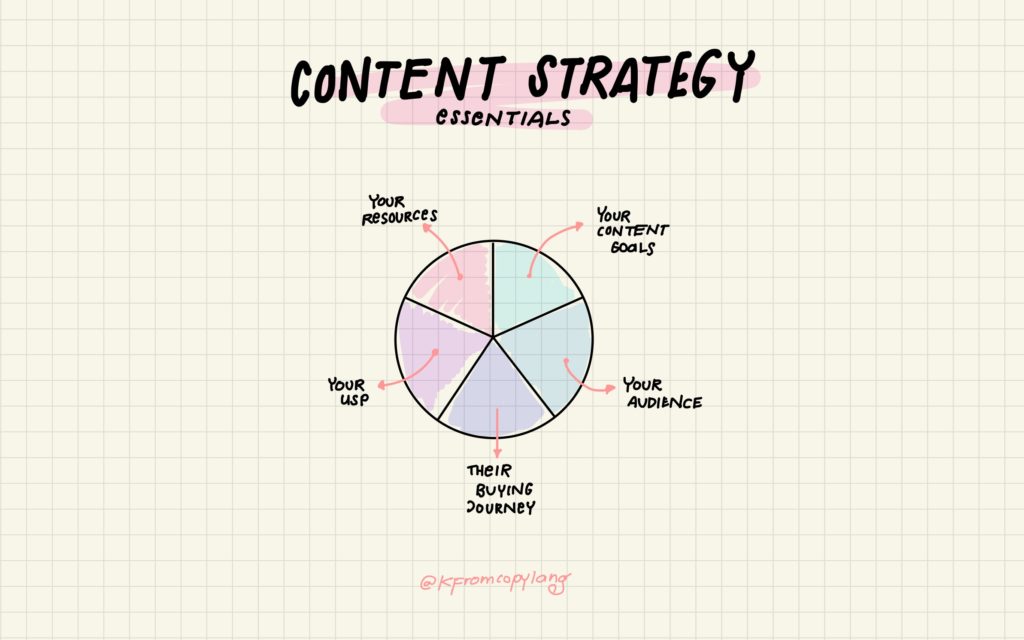
This is a tough pill to swallow, but simply being an excellent writer might not be enough to cut it in the near future. Instead of trying to outrun GPT (you can’t), why don’t you add more value to your services by developing content strategy skills?
Instead of simply sticking to the writing lane, try putting an effort to help clients:
- Know their audience
- Map out their buying journey
- Clarify their messaging and lean into their USPs
- Learn more about their niche competitors and influencers
- Develop winning topics
- Create strategies for distribution and repurposing
ChatGPT may appear to “think”, but it’s actually not capable of critical thought, making sound decisions based on data, or getting in touch with your customers’ needs and desires. Capitalize on this by learning content strategy.
This gives you leverage to steer your content marketing efforts in the right direction. It also opens up a world of opportunities in leadership.
2. Develop subject matter expertise
Given that GPT actually can’t experience things first-hand, it’s important for writers to develop subject-matter expertise. Focus on building expertise in a specific industry or niche service.
Being an SME has a ton of benefits:
- You’ll have a sharper edge against the competition — robot or otherwise
- Google’s new EEAT ranking factor will reward you for experience
- It’ll allow you to build authority in your niche.
- Clients will seek your advice and pay premium for it
- You can even build a personal brand and even info products around it
What if you don’t have subject-matter expertise yet?
You know what’s better than having one SME? Having a lot of SMEs in one piece.
If you’re still working on building your own, try reaching out to other specialists in your niche. You can:
- Interview them and use their answers as quotes for your pieces.
- Create a regular series featuring these interviews
- Make crowd-sourced manuals
There are tons of possibilities!
3. Double down on your unique voice
Try as AI might, it still can’t capture unique voices and use them with context. At the end of the day, it’s just a machine that spits out the average of what it’s been fed.
That said, double down on your unique writing voice. This is super useful whether you want to build your personal brand or if you’re working with a business that wants to stand out.
Your audience should be able to recognize your writing from a mile away. They should “hear” your voice whenever they read your piece.
You can do this by:
- Leaning into the qualities that make your writing unique
- Observing the usual words you use, how you construct sentences, and your natural writing cadence
- Figuring your brand’s tone of voice (TOV). Is it snarky and punchy? Dreamy and lyrical? Straightforward and authoritative? Do you use humor, wit, and puns?
4. Inject empathy and emotional intelligence into your pieces
If you sound like a robot, you’ll be replaced by the robot. It sucks, but that’s the name of the game right now. To keep up, break away from cookie-cutter content and inject emotional intelligence and empathy into your writing.
In other words: be human.
AI can spit out “audience x pain points” but it can’t interview actual customers for you.
It can write a semblance of a joke, but it likely won’t land.
It can tell you the common problems of your industry, but it can’t sit down and have a nice chat with your sales team.
And that’s where you have to double down.
Adding empathy in your writing means:
- Learning about your audience’s goals, pain points, challenges, and values through interviews and genuine interactions
- Connecting your solutions to these points and coming from a place of help.
- Sharing your experiments and lessons from mistakes
- Learning how to deliver content in a way that resonates
Related: The best content and copywriting courses for beginners
5. Have a spiky but defensible point of view
If you want to stand out in a world saturated with content, pick a side. Have a spiky point of view.
According to Maven co-founder Wes Kao, a spiky POV is something that:
- Can be debatable
- Isn’t controversial for the sake of being controversial
- Teaches your audience to see something from a different perspective
- Can be backed up by data but isn’t universal
- You genuinely believe in
A spiky POV doesn’t even have to be a burning hot take. It can be something as simple as saying that “remote work is the future” or “Paris Hilton is a secret marketing genius”. The important bit is you pick a side.
Lots of businesses seem to think that the best way to do content is to sound and think like the top 10 people in their niche. I think it’s a surefire way to get lost in the throng instead.
If you wanna stand out in the midst of copycat creators and milquetoast content, pick a hill to die on. Develop your own spiky POV.
6. Use your own data
There’s a reason why McKinsey, Data Reportal, and Backlinko enjoy thousands of backlinks and traffic: they use their own data.
They conduct studies, surveys, and experiments to get hot market insights, and then share these findings with the world. In return, people link back to them and use their data as reference.
Using original research to create content helps you:
- Become an authority in your niche
- Get high-quality backlinks and media mentions
- Gain market insights and new ideas
- Repurpose your data into other types of content
Doing it right will give you awesome results — and a sharper edge against generic AI information. The caveat?
Credible studies take a lot of resources to make. This doesn’t mean that you can’t use original data in your content, though.
Scale it back a little bit and start with:
- Polls
- Small surveys
- Interviews
- Your own experiments
- And existing data
For example, if you wanna write about remote productivity, try tracking your own activities for a month. Use a time-tracking app to gather productivity data. Measure your break times or compare different productivity methods. And before you know it, you’ve got original data that you can use as content.
7. Use AI to your own advantage
Whether we like it or not, AI’s gonna be here for the long haul. In fact, it’s only gonna get better from here.
Instead of treating it as an enemy, use its strengths to make up for your weaknesses. The folks at Animalz call this combination of human creativity and AI efficiency the Content Cyborg.
Based on my experiments, the best use cases for ChatGPT involve writing repetitive and somewhat “technical” copy like:
- Product listings
- Meta descriptions
- Templates
- SOPs
It also helps you streamline small, recurring tasks like content repurposing, summarizing transcripts, and the like.
When you let the machine write for the machine, you can save your brilliant, limited human creativity on the things that truly make an impact.
8. Lastly, tell a story
In this fast-paced world, it’s hard not to commoditize content. But if you really wanna stand out, create something that your readers will love — something that they can read from beginning to end. Something compelling and useful. Something that tells a story.
Humans are hard-wired to tell and consume stories. Make sure you create good ones.
AI-Proof Your Writing Career
Not gonna lie — the future looks nebulous from here. Unless a giant electromagnetic pulse zaps out all electricity on earth, AI is here to stay. It will impact writing jobs for better or for worse.
The best way to future-proof your writing career is to learn how it works, develop new skills, and double down on the ones that you already have.
Which one of these skills are you developing right now?




